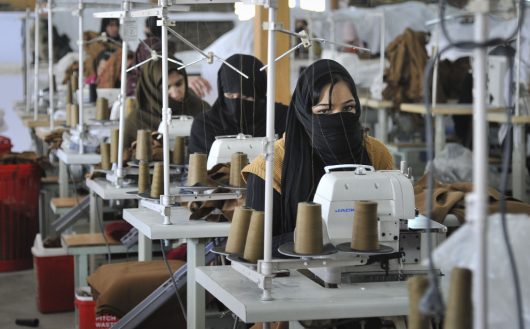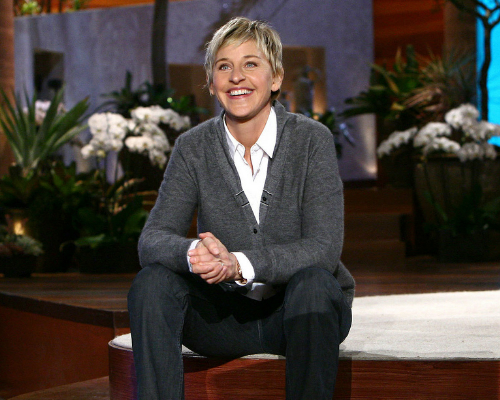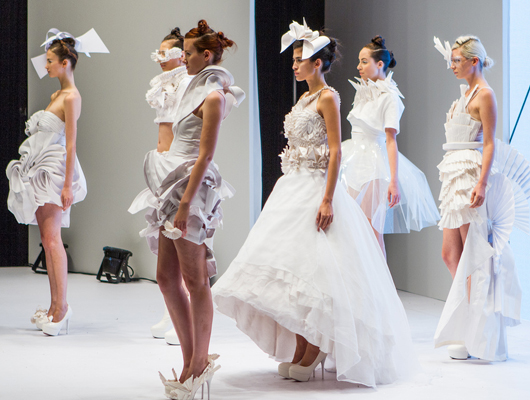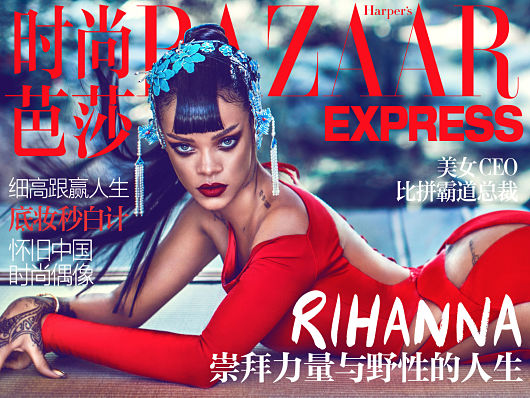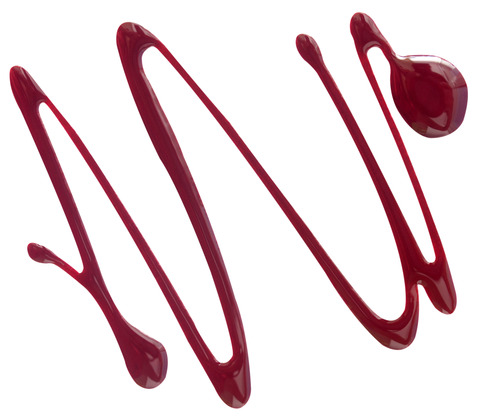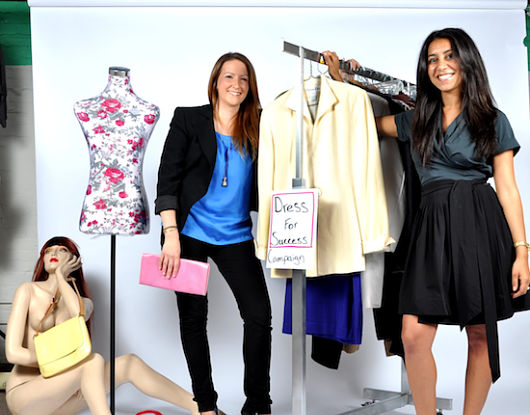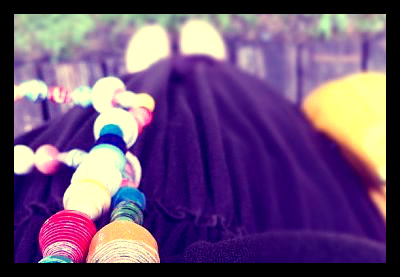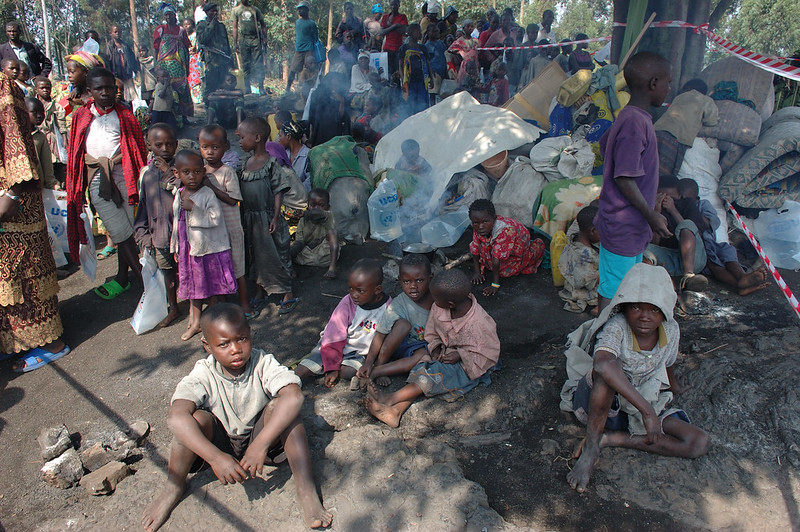 In the world of high fashion, where luxury brands dominate, Balenciaga has taken an innovative step by partnering with the World Food Programme (WFP). This collaboration allows Balenciaga to use its influence to fight global hunger and poverty, revealing a trend among brands to leverage their platforms for critical global issues. By integrating charitable initiatives into its collections, Balenciaga demonstrates that fashion can significantly reduce hunger and help lift people out of poverty.
In the world of high fashion, where luxury brands dominate, Balenciaga has taken an innovative step by partnering with the World Food Programme (WFP). This collaboration allows Balenciaga to use its influence to fight global hunger and poverty, revealing a trend among brands to leverage their platforms for critical global issues. By integrating charitable initiatives into its collections, Balenciaga demonstrates that fashion can significantly reduce hunger and help lift people out of poverty.
The Fashion Industry and Poverty
The fashion industry frequently faces criticism for stark inequalities, especially in fast fashion, where low wages and exploitative labor conditions continue cycles of poverty. Luxury brands like Balenciaga, which typically cater to wealthy consumers, possess the power to drive change by supporting initiatives that target poverty and hunger. Balenciaga’s partnership with the WFP exemplifies how the industry can transform from contributing to the problem to enhancing the solution. By focusing on global hunger, Balenciaga addresses one of the most direct impacts of poverty.
Balenciaga and the World Food Programme Partnership
Balenciaga first partnered with the WFP in 2018, launching a collection featuring the WFP logo on t-shirts, hoodies and bags. The brand committed a portion of the sales from this collection to support the WFP’s mission to eradicate hunger by 2030. This partnership aimed to raise funds and enhance visibility for the global hunger crisis, engaging fashion-conscious consumers who might not typically connect with humanitarian causes.
The WFP, the largest humanitarian organization dedicated to fighting hunger, assists more than 150 million people across 120 countries. Through emergency food aid, school meal programs and initiatives to improve food security, WFP addresses hunger in some of the world’s poorest regions. Balenciaga’s high-profile partnership has raised awareness of these efforts, demonstrating how luxury fashion can drive positive change. The funds from this partnership support communities in need, helping alleviate poverty by ensuring access to essential resources.
Fashion as a Tool for Change
Balenciaga’s partnership with the WFP extends beyond financial contributions, elevating the issue of global hunger to mainstream conversations, especially among those previously unaware of its extent. Consumers who wear items from the WFP collection become advocates for the cause, using fashion as a means to initiate discussions on global hunger and poverty. This collaboration demonstrates that fashion can serve as a potent tool for advocacy, challenging the perception that luxury brands are detached from real-world problems. As the fashion industry evolves, more brands are expected to emulate Balenciaga’s approach, leveraging their influence to support humanitarian efforts.
Looking Ahead
The collaboration between Balenciaga and the World Food Programme highlights a shift in how luxury brands can contribute to addressing critical global issues. By raising funds and awareness, this partnership demonstrates the potential for the fashion industry to engage actively in the fight against poverty and hunger. As more brands explore similar initiatives, the role of fashion in promoting social causes could become a more integrated part of the industry’s future, driving meaningful change on a global scale.
– Viola Cuthbertson
Viola is based in London, UK and focuses on Good News for The Borgen Project.
Photo: Flickr
